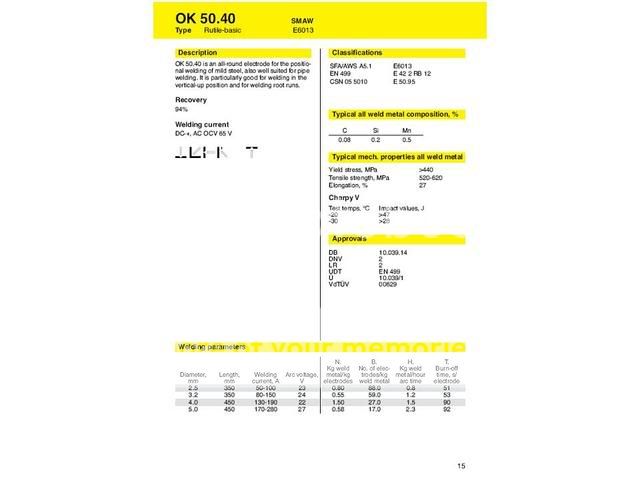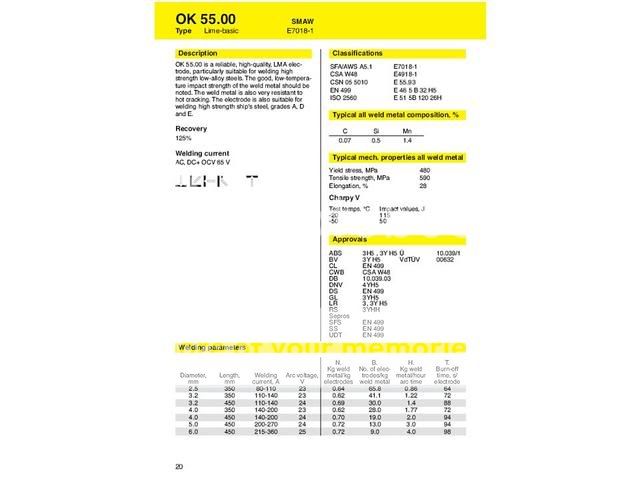Metals406
Granfodder Runningsaw
You can get away w/ a 20 degree downhill on a 7018, but not much more, it's too hard to stay ahead of the puddle, and doesn't have much strength. Uphill is good tho. Downhill really isn't good for anything but maybe to put a nice cap on an otherwise cobby looking uphill. Works OK on thin stuff. That's why the 6011 is a good junk rod, you can really control the puddle, since it freezes so fast. And will weld anything, thats why it's the ultimate "farmers rod" lol. Welding flat, the 7024 or 7014 is a nice rod.
Yup, that's what I was saying... I'm friends with a pipe welder, that can weld sheet metal all day long with 1/8" 7018. He's a really good welder, with many years of experience.
He can do things with 7018, that I can't do...







 "
"